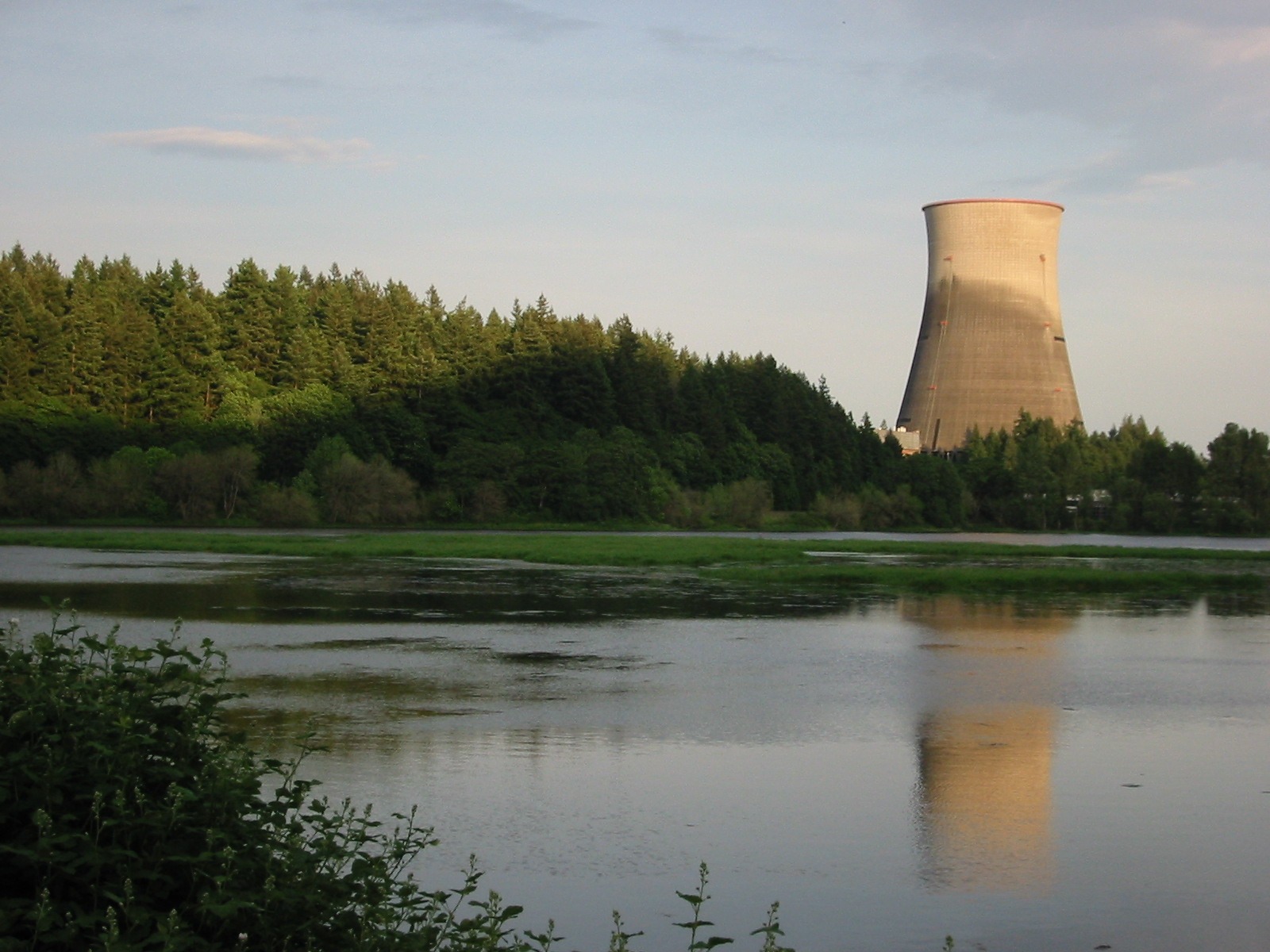Photo Credit: Tobin
Is it possible for an epidemic to be invisible?
Since 1991 the annual number of newly documented cases of thyroid cancer in the United States has skyrocketed from 12,400 to 62,450. It’s now the seventh most common type of cancer.
Relatively little attention is paid to the butterfly-shaped thyroid gland that wraps around the throat. Many don’t even know what the gland does. But this small organ (and the hormone it produces) is crucial to physical and mental development, especially early in life.
Cancer of the thyroid also gets little attention, perhaps because it is treatable, with long-term survival rates more than 90 percent. Still, the obvious question is what is causing this epidemic, and what can be done to address it?
Recently, there has been a debate in medical journals, with several authors claiming that the increase in thyroid cancer is the result of doctors doing a better job of detecting the disease at an earlier stage. A team of Italian researchers who published a paper last January split the difference, citing increased rates and better diagnosis. But as rates of all stages of thyroid cancer are soaring, better detection is probably a small factor.
So, what are the causes?
The Mayo Clinic describes a higher frequency of occurrence of thyroid cancer in women (not a telling clue, unless more is known about what predisposes women to the condition). It mentions inherited genetic syndromes that increase risk, although the true cause of these syndromes aren’t known. And Mayo links thyroid cancer to exposure to radiation. The latter is perhaps the only “cause” for which there is a public policy solution.
In the atomic age, radioactive iodine (chiefly Iodine-131) has proliferated, from atom bomb explosions and now from nuclear power reactors.
The thyroid gland requires iodine, a naturally occurring chemical. But it doesn’t distinguish between radioactive Iodine 131 and naturally occurring iodine. Iodine 131 enters the human body via the food we eat, the water we drink and the air we breathe, damaging and killing cells, a process that can lead to cancer and other diseases.
The current debate in medical journals, or lack of one, ignores the obvious. Although the specific process that causes thyroid cancer isn’t known, many scholarly studies have already linked exposure to radioactive iodine to increased risk. Studies of Japanese survivors of the atomic bombs the United States dropped on Hiroshima and Nagasaki found the cancer with the greatest increase was thyroid cancer.
- A U.S. government survey of cancer rates among residents of the Marshall Islands, who were exposed to U.S. bomb testing in the 1950s, found thyroid cancer outpaced all others.
- A 1999 federal study estimated that exposure to I-131 from bomb testing in Nevada caused as many as 212,000 Americans to develop thyroid cancer.
- A 2009 book on the Chernobyl nuclear plant disaster found soaring levels of local thyroid cancer rates after the meltdown, especially among children, and workers called “liquidators,” who cleaned up the burning plant.
- More recently, studies have documented thyroid cancer rates in children near Fukushima, Japan, site of the 2011 meltdown, to be 20 to 50 times above the expected rate.
Today, one of the main sources of human exposure to radioactive iodine is nuclear power reactors. Not only from accidents like the ones at Chernobyl and Fukushima, but from the routine operation of reactors. To create electricity, these plants use the same process to split uranium atoms that is used in atomic bombs. In that process, waste products, including I-131, are produced in large amounts and must be contained to prevent exposure to workers and local residents. Some of this waste inevitably leaks from reactors and finds its way into plants and the bodies of humans and other animals.
The highest rates of thyroid cancer in the United States, according to federal statistics, are found in New Jersey, Pennsylvania, and New York, states with the densest concentration of reactors in the nation. In a study conducted in 2009, one of this article’s authors (Janette Sherman) found the highest rates of thyroid cancer occurring within 90-mile radiuses of the 16 nuclear power plants (13 still operating) in those states.
Declaring “we don’t know why” and continuing to diagnose and treat the growing number of Ameri- cans suffering from thyroid disease is not sufficient. Causes must be identified, preventive strategies must be implemented, and ultimately policy makers will have to take a serious look at closing the 99 nuclear reactors currently operating in the United States.
Joseph J. Mangano is executive director of the Radiation and Public Health Project based in New York. Janette Sherman is a physician and author, specializing in toxicology and chemical- and radiation-related illnesses.







Absolutely!
I don’t think closing all nuclear power plants is the answer. Further research into preventing the introduction of radiation into the environment is definitely called for as is funding the implementation of the results of that research. It is still in its infancy and is currently dangerous. That doesn’t mean we complete discard it. We will probably need the energy provided by nuclear power in the future.
What about the thousands of people impacted by Hanford Nuclear facility that have never seen a dollar for medical expenses or deaths caused by exposure and the billions still being spent on trying to clean it up….FYI the government, DuPont, and GE have spent million in class action defense just waiting for us to die…
I was poisoned in Nov. 2005 by iodine 131. Within 6 months, I was having health problems & got a cyst on my thyroid. Now…10 years later, I have 5 cysts and a nodule and I have something called Baro-reflex failure. The only people that usually get this is ones that have had an iodine 131 thyroid treatment. My health has declined greatly. We are killing our own selves with ‘so called’ progress. Man is the only animal that soils his own nest!
Did you know that new research published in 2015 linked water fluoridation (0.7ppm) to a 30 percent increase in the likelihood of underactive thyroid function (hypothyroidism)?
See the overview and study: https://www.bmj.com/company/wp-content/uploads/2015/02/water-flor.pdf
See additional information about fluoride and the thyroid: https://fluoridealert.org/issues/health/thyroid/
The article talks about iodine 131 This isotope has a half life of eight days, that means half of it is gone .In another 8 days there’s a quarter left etc. etc. In a couple months it’s all gone, decaying to xenon. The article talks about bomb tests in the 50s and 60s and reactor accidents that have long since gone past any half life concern. This article is an example of FUD (Fear Uncertainty and Doubt) It works because it scares people. The people in these eastern seaboard states are surrounded by heavy industry, large populations, tremendous fossil fuel transportation networks and all the chemical creations of American consumer culture. Iodine 131 is a product of splitting uranium atoms. It is a hard gamma emitter. There are many levels of radiation detectors that would go off like fire alarms. Nothing sells the news like fear of radiation. If there was a release of radiation the news media would run with the story.
Even though radiation may definitely be one of the causes of endocrine and thyroid issues, another cause that should be looked at is water fluoridation. Fluorine (F) gas binds with metals and other substances that form fluorides. Artificial compound fluorides are then added to 70% of US water supplies. Fluorides mimic Iodine and are known endocrine disrupters. 98% of Europe does not fluoridate their water supply and have much less thyroid disorders (goiter). There are multiple studies showing this effect available. See FAN network and the research databases of Harward Medical School, toxicology reports.
Scientific research has known for over 50yrs that fluoride exposure increases uptake of radioactive iodine in humans. Clearly water fluoridation and increased exposure and accumulation of fluoride in the general population as a consequence of water fluoridation has had a direct association with the increased prevalence of thyroid cancers as highlighted in this article.
In addition to increased exposure to radiation, we have an increased exposure to fluoride which incidentally but not coincidentally is also used in the nuclear industry.
Fluoride is a known endocrine disruptor, and the evidence concerning its impact on thyroid function is most compelling. Fluoride is implicated in a range of thyroid and parathyroid disorders, it blocks iodine uptake necessary for healthy thyroid function, and is known to initiate and promote cancers.
Expert in Pharmacology: “Long-continued ingestion of minute quantities of fluorine causes disease of the thyroid gland.” – Douglas D. Styne, MD
Thank you Drs. Mangano and Sherman for your honorable and honest work on the dangers of nuclear radiation to human populations.
Nuclear power plants release radiation called “radioisotopes” during their “daily” operations.
These “radioisotopes” have names like strontium90, tritium, plutonium, etc., and these radioisotopes are linked to bone cancer, birth defects, breast cancer, miscarriages, leukemia, liver cancer, heart disease, diabetes and much, much more.
Two studies have linked higher rates of CHILDHOOD LEUKEMIA in children living near nuclear power plants.
Everyone can look up what radiation is being released into the air and water by a nuclear power plant near you, here:
https://www.nrc.gov/reactors/operating/ops-experience/tritium/plant-info.html
And to learn more about the dangers of nuclear radiation, highly recommend you check out:
(1) Books by Dr. John Gofman
(2) Research of Dr. Timothy Mousseau
(3) Listen to the interviews on http://www.nuclearhotseat.com
(4) Read the headlines on http://www.enenews.com
I was diagnosed in 2013 at the age of 51, however the doc explained that the size of the tumor indicated it had been there at least 10 years. While that was sinking in, he went on to say that, as my detailed medical history indicated I had come from a “fairly affluent family”, and so he was fairly certain all the “good” dental care I had(before x-ray machines effectively reduced scatter & before lead coverings were used over the neck in addition to the trunk) plus 2 bouts with a rare disease in my 20s (requiring early versions of whole body CT scans= lots of rads there) was the cause of my cancer. I grew up on the west coast 40 miles away from Trojan & not downwind of it either so he did not tie it to that at all he told me. But this doc knew enough share his theory with me anyway: This article was a shocker appearing in my Washington Spectator; I sat in the car at the post office and read it I was so surprised you covered this sort of story. THANK you and may the article spread like wildfire!